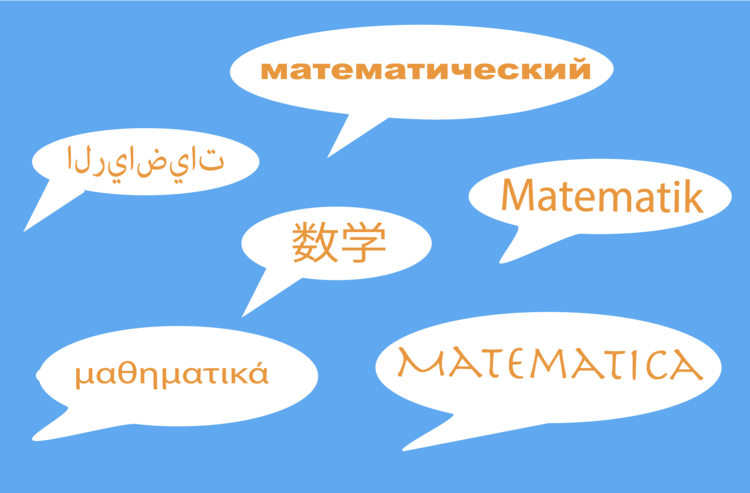Supporting English Learners As Problem Solvers
CueThink And English Learners: Strategies That Build Mathematical And Academic Vocabulary
Helping English Learners (EL) access the phases of problem-solving can seem daunting. Yet, there are several tried and true instructional strategies that give ELs an entry point into the world of math problem-solving. CueThink provides students with the means to interact with the domains of English Language Arts, building language skills and mathematical understanding. CueThink, along with vocabulary building strategies, is a powerful tool for students to access high-order thinking skills and become math problem-solvers.
Strategy 1: Word Banks
Word banks provide English Learners with the academic and content language required to access ideas and concepts. Word banks need to be differentiated based on the English Proficiency Level of the students and must include academic and content words. In CueThink, word banks can assist ELs throughout the four phase problem-solving process. Here are some ideas for incorporating word banks in your CueThink practice:
Use the highlighter tool with students during the Understand Phase to build word banks
Encourage students to highlight and categorize (tiered) words they know as “school words” (i.e. academic vocabulary) and “math words” (i.e.content vocabulary)
Create anchor charts and post these words so students have easy access as they move through each phase
Requiring students to use tiered vocabulary in their CueThink thinklet during all four phases is the most meaningful way to ensure concept understanding. This formative assessment gives even richer information about what students know and are able to do.
Strategy 2: Sentence Frames
Sentence and paragraph frames provide EL students the academic language and organization they need to build an understanding of English Language structure and vocabulary. They also support content learning. Sentence frames are useful during the Plan, Solve, Review phases as well as when writing annotations. CueThink offers a number of ready-made sentence frames for you to use with your students. The Write Your Plan Sentence Frames graphic organizer can be found in the CueThink Resource Bank:
Strategy 3: Graphic Organizers
Students need tools to organize their thoughts before jumping into a writing assignment. Graphic organizers provide students the opportunity to show what they know, work out their plan and make changes in their thinking. CueThink’s power of slowing a student down to reflect and then present what they know gives English Learners the time to use their language skills and build fluency. Graphic organizers can be given to students during the Plan, Solve, Review phases as well as when writing annotations on peers’ thinklets. The CueThink graphic organizer takes students through all four phases. The CueThink Noticing and Wondering Graphic Organizer assists students in processing the deep elements of a problem while organizing their thoughts and words as they read and analyze a word problem.
Helping Student Navigate Complex Text
There are several tools that can help students as they work within CueThink platform. First, using speech to text accessibility features on iPads or within a web browser for computers can help students get their ideas into the four phase process. In addition, websites such as Rewordify can take a word problem and switch out complex vocabulary for easy to access synonyms. Using Rewordify and then copying the word problem into CueThink allows teachers to work more efficiently and differentiate word problems based on language proficiency levels.
CueThink, coupled with these tools, helps students gain access to problem-solving thinking. Give these ideas a try! We want to hear about your stories! Share your ideas, tips, and tricks on Twitter at @CueThink. Remember to use #makemathsocial!




